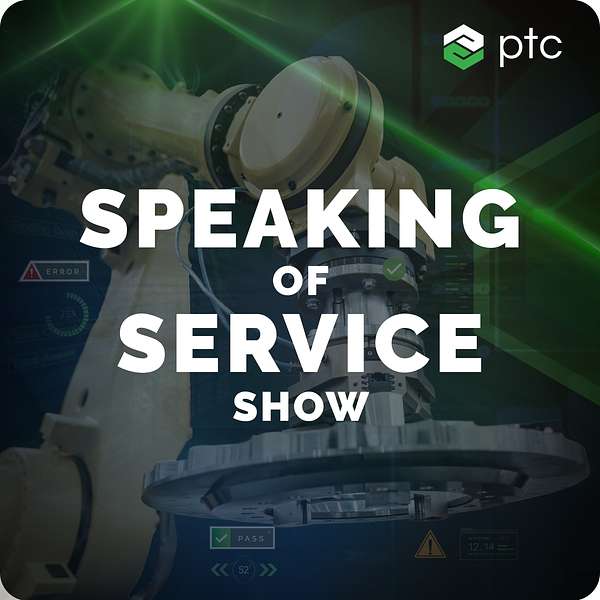
Speaking of Service
Speaking of Service uncovers practical ways to grow service revenue, control costs, and improve customer satisfaction. If you’re looking to innovate, gain a competitive edge, or just learn about the latest service trends, you’ve come to the right place! Also check: www.ptc.com/speakingofservice
Speaking of Service
The Current Stage and Future of Field Service
Read The Service Council Perspective on Remote Service Becoming the Standard
With the current economic environment companies are viewing field service and their operations completely different than they were 10-15 years ago. Service is no longer a cost center but a profit center. Listen to John Carroll, CEO Service Council speak to how he sees the current stage of field service and what are the predictions for the future of field service and what should field service organizations look out for. The best field service management supports the overall improved effectiveness of the field service organization.